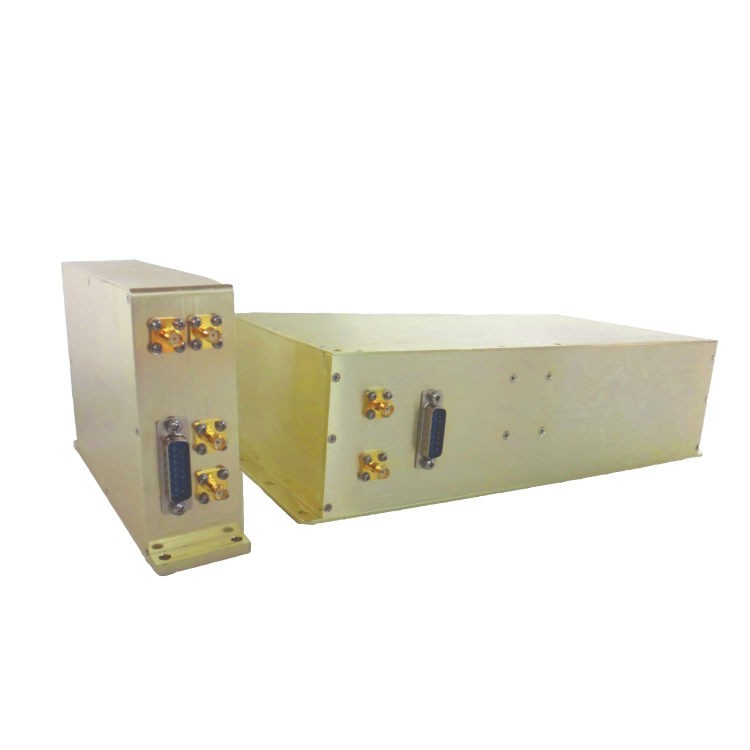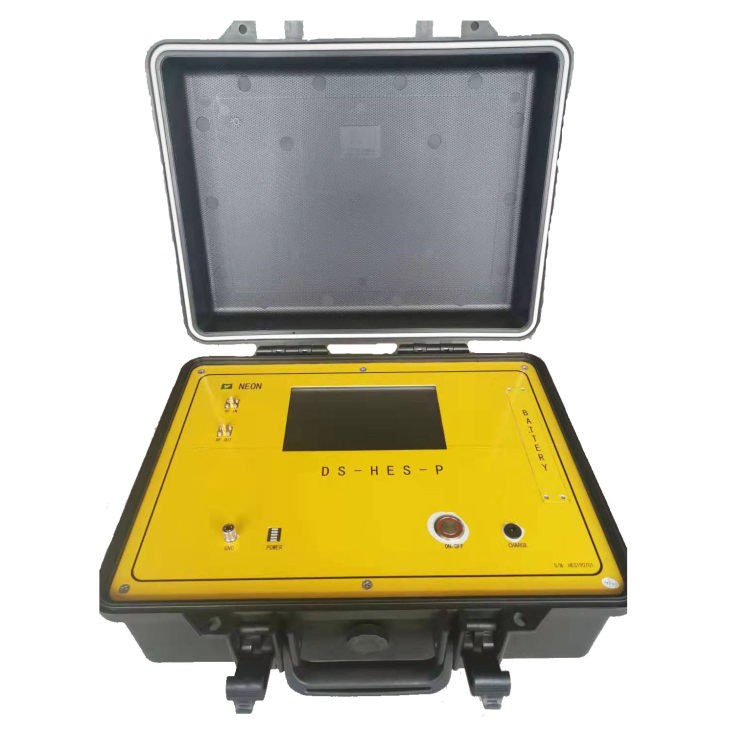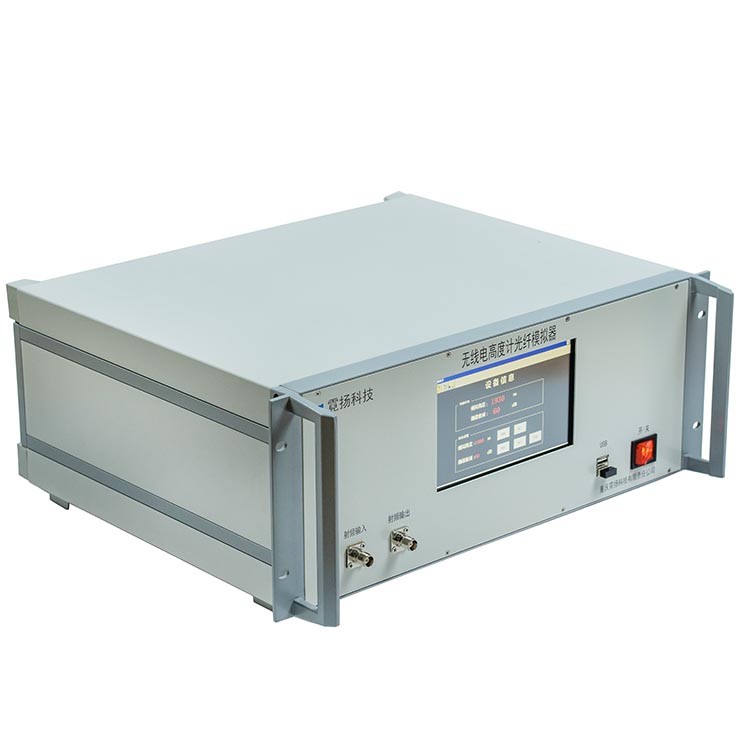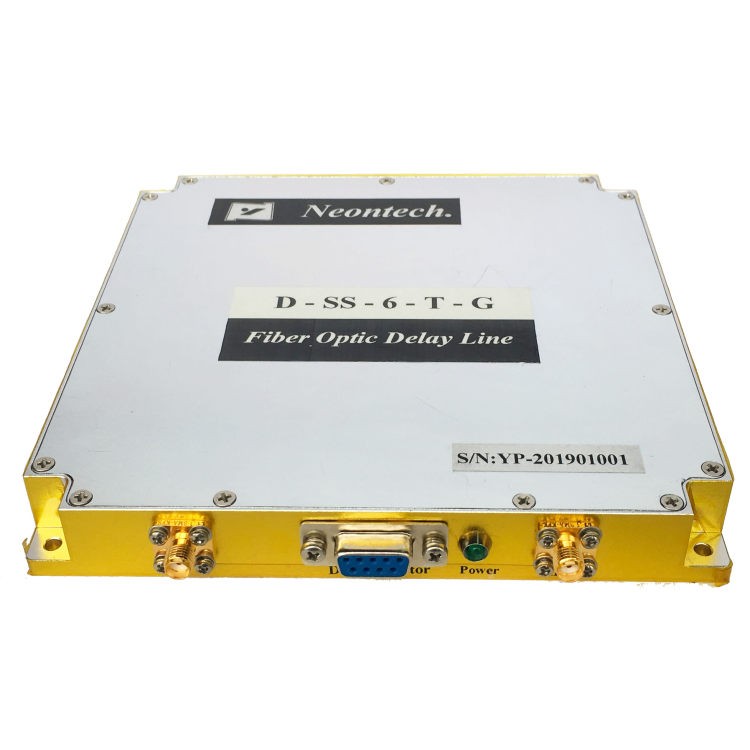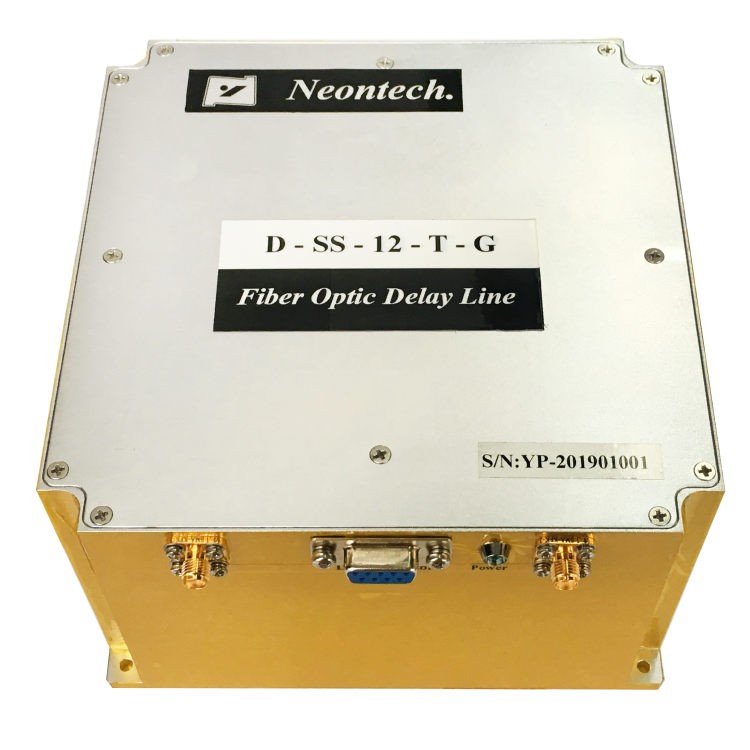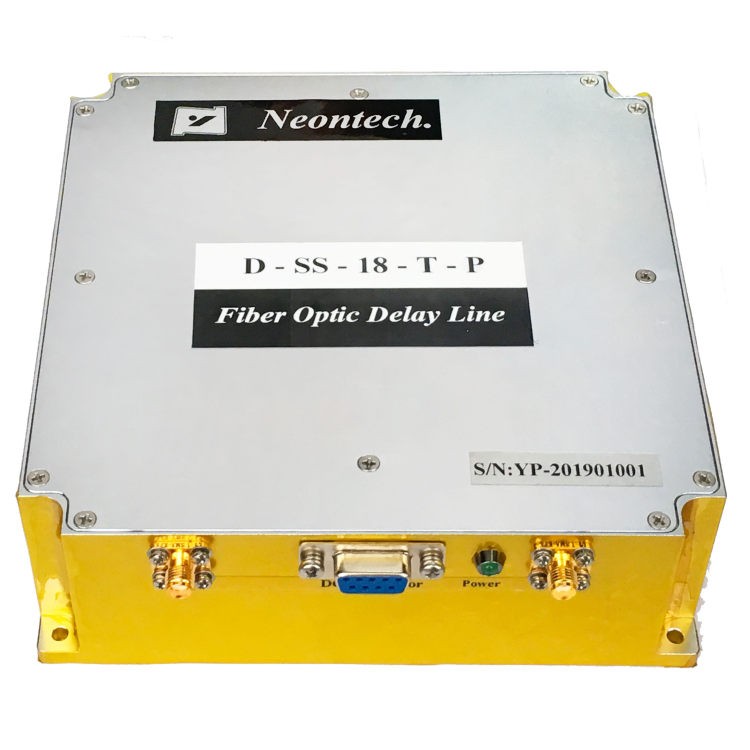Radio Altimeter and Radar Altimeter: What’s Their Difference?
In modern aerial and aerospace systems, precise altitude measurement is the center of attention for ensuring flight safety and enhancing navigation accuracy. Compared with traditional barometric altimeters, radio altimeters and radar altimeters provide more direct and precise true altitude data.
So how are these two different? Are they identical? And to ensure that this equipment operates well, testing equipment, such as radio altimeter simulators, is especially important. In this post, we will provide a full overview on definitions, comparisons, applications, and professional test equipment. Let’s begin!
Part 1. What is a Radio Altimeter?
A radio altimeter is a device that measures the vertical distance from an aircraft to the ground beneath it using radio waves. Relative to barometric altimeters to indicate altitude in terms of height above sea level (MSL), a radio altimeter provides true altitude above ground level (AGL). It is usually mounted on the underside of an aircraft and is especially significant on low-altitude phases of flight, i.e., final approach and landing.
Working Principle
The radio altimeter accomplishes this by transmitting high-frequency radio signals, usually in the 4.2 to 4.4 GHz range. These are transmitted directly downwards to the ground.
When they hit the surface, they reflect back to the aircraft. The system measures the difference between when it transmits the signal and when it receives the signal and uses this to calculate the precise distance between the aircraft and the ground at any given moment.
Key Features
- High precision: Normal measurement error is within ±1 meter and thus well-suited for precise low-altitude operations.
- Strong real-time capability: Unlike barometric systems, it is immune to atmospheric pressure or temperature variations.
- Essential for low altitude operations: necessary for autoland systems, terrain awareness, and collision avoidance systems.
Radio altimeters are critical for safety during important flight manoeuvres close to the ground and in IMC conditions with limited visibility.

Part 2. What is a Radar Altimeter?
A radar altimeter is classified as a radio type of altimeter. Its distance-measuring capability is based on radar technology which detects and measures distance using electromagnetic waves. Therefore, in practice there exists no difference between radar and radio altitude measurements. Both systems function under common principles, and terminology may differ depending on reference.
Difference in Terminology
In civil aviation, the technology is most referred to as radio altimeter.
In military aviation, spacecraft, UAVs (unmanned aerial vehicles), or defence systems “radar altimeter” is the nomenclature most frequently used due to its emphasis on the system’s method of measurement and connection with sophisticated systems employing radar technologies.
Application Scenarios
Radar altimeters are utilized highly beyond traditional aircraft. Their usage extends to a broad base of platforms and vehicles where precise height-above-surface measurement is critical, including:
- Helicopters performing low-altitude or hover operations;
- UAVs and drones that require terrain-following or autonomous landing capabilities;
- Missiles and rockets, where altitude data are critical for trajectory correction and terminal guidance;
- Naval vessels, to obtain height above water in special applications;
- Groundcraft and robotic systems, especially those mobile in hard terrains.
Because of their high precision and uniform performance regardless of weather, radar altimeters are today a foundation technology in modern aerospace and defense operations.
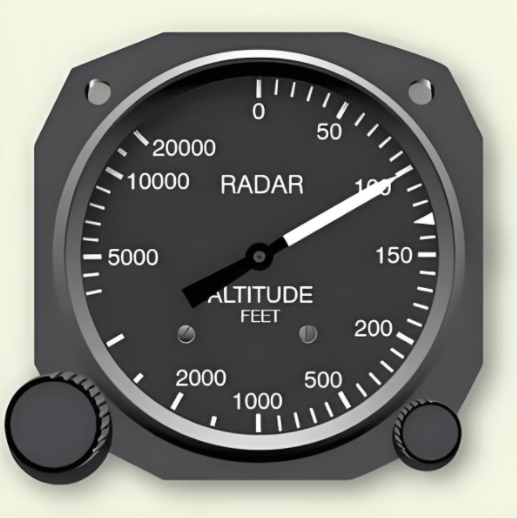
Part 3. Comparative Analysis: Radio Altimeter vs. Radar Altimeter
Although “radio altimeter” and “radar altimeter” are often synonymous, their application is context-dependent on the industry. Both technologically refer to equipment used to measure true altitude above terrain through electromagnetic waves, but the terms may differ in naming conventions and usage context.
There is a table of similarities and differences between the two below:
| Comparison Item | Radio Altimeter | Radar Altimeter |
| Common Usage Domain | Primarily used in civil aviation terminology | Commonly used in military, aerospace, and UAV contexts |
| Working Principle | Transmits radio waves and receives ground reflections | Same principle; based on radar ranging technology |
| Operational Altitude | Typically effective from 0 to 2,500 feet (approx. 0–760 m) | Wider range, including ultra-low altitudes and high-speed platforms |
| Application Focus | Used in autoland systems, low-altitude obstacle avoidance | Supports terrain-following, target tracking, and rapid distance measurement in complex environments |
| Actual Difference | Essentially different terms for the same technology | A terminological distinction, not a technical one |
Part 4. Common Application Scenarios of Radio and Radar Altimeters
In the aerospace and defence industries, radio and radar altimeters are pivotal in multiple systems for ensuring altitude measurement accuracy needed for safety, navigation, and mission accomplishment. A few example uses across industries include:
Civil Aviation
In business jets like Boeing 737 and Airbus A320, radio altimeters are part of the autoland system. During the final stages of approach to land, especially when visibility is poor, they provide accurate altitude control relative to the terrain which allows automatic throttles, flare manoeuvres, and touchdown sequence automation during landing.
Military Aircraft and Helicopters
In combat military actions, radar altimeters are vital for low-altitude flight, particularly during night flights or poor weather with limited visual data. They allow aircraft and helicopters to operate at close proximity to the ground, making it easy for detection evasion by enemy radars and mission survival and stealth.
Missiles and Unmanned Aerial Systems (UAS)
Radar altimeters are used extensively in cruise missiles as well as in remotely piloted and unmanned aerial vehicles to provide real-time height data essential for altitude-controlled autonomous flight or terrain-following manoeuvres.
These altimeters utilise accurate elevation measurement technology to assist with safely avoiding hostile or strategically sensitive obstacles while calculating optimal flight paths and improving targeting precision in unfamiliar or heavily congested airspace.
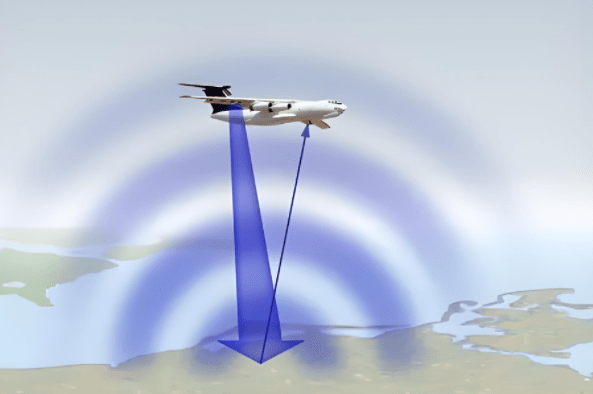
Part 5. Radio Altimeter Simulator: A Key Device for Testing and Maintenance
To ensure reliable operation of radio altimeters in complex flight environments, simulation equipment is essential during development and maintenance for thorough verification. Neon Radio Altimeter Simulator is specifically designed for this purpose.
Neon DS-HES series radio altimeter test set is a test platform based on optoelectronic delay technology, specially designed for the development, production, and repair of radio altimeters. This series uses optical fibers as the signal transmission medium to accurately simulate the propagation delay of electromagnetic waves in space, allowing for ranging signals at various flight altitudes.
Three Product Variants:
- DS-HES-S: Standard Case
- DS-HES-P: Portable
- DS-HES-C: Core Module
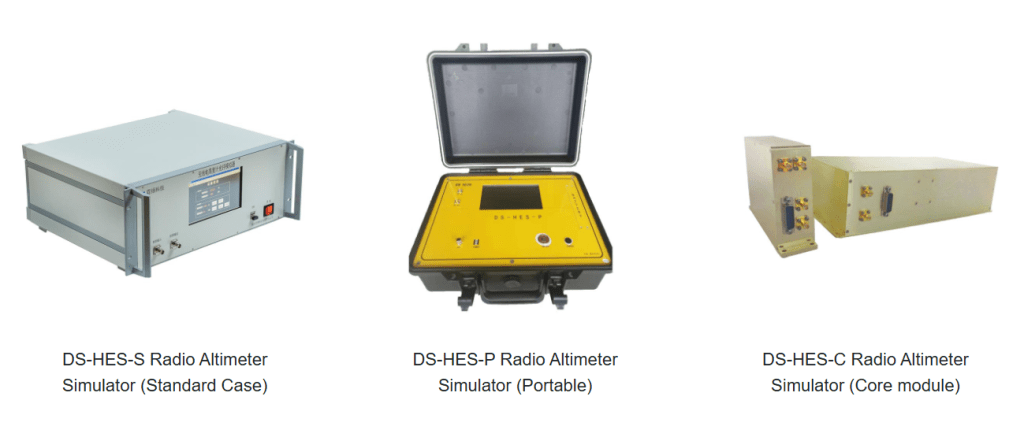
Key Technical Specifications of Neon Radio Altimeter Test Set
| Parameter | Range/Value | Unit | Description |
| Frequency Range | 4 – 4.6 | GHz | Broadband support |
| Simulated Altitude Range | 1 – 22,000 | meters | Expandable |
| Simulation Accuracy | ≥99% | — | High precision |
| Input/Output VSWR | ≤1.5 | — | Strong matching capability |
| Suppression Ratio (Through Suppression) | ≥80 | dBc | Strong anti-interference ability |
| Control Interfaces | UART / LAN / PXI / LXI / VXI | — | Multi-platform compatibility |
| Operating Temperature | -40 – 70 | ℃ | Supports military-grade customization |
Key Features of Neon Radio Altimeter Simulator
- Simulates flight altitudes up to 22,000 meters
- High-precision simulation capability (at 0.1% level)
- Over 210 selectable altitude configurations
- Supports automatic and manual switching
- Robust anti-interference design, adaptable to various test platforms
- Compact size with high reliability
Wrap Up
Radio altimeters and radar altimeters play an irreplaceable role in modern flight operations. Behind their reliable and efficient performance lies the support of precise and dependable testing and simulation equipment. The Neon DS-HES series radio altimeter simulators, featuring advanced optoelectronic delay technology, high-performance specifications, and exceptional reliability, have become a top choice in avionics testing.
For more information about Neon radio altimeter simulators, don’t hesitate to reach out Neon!


